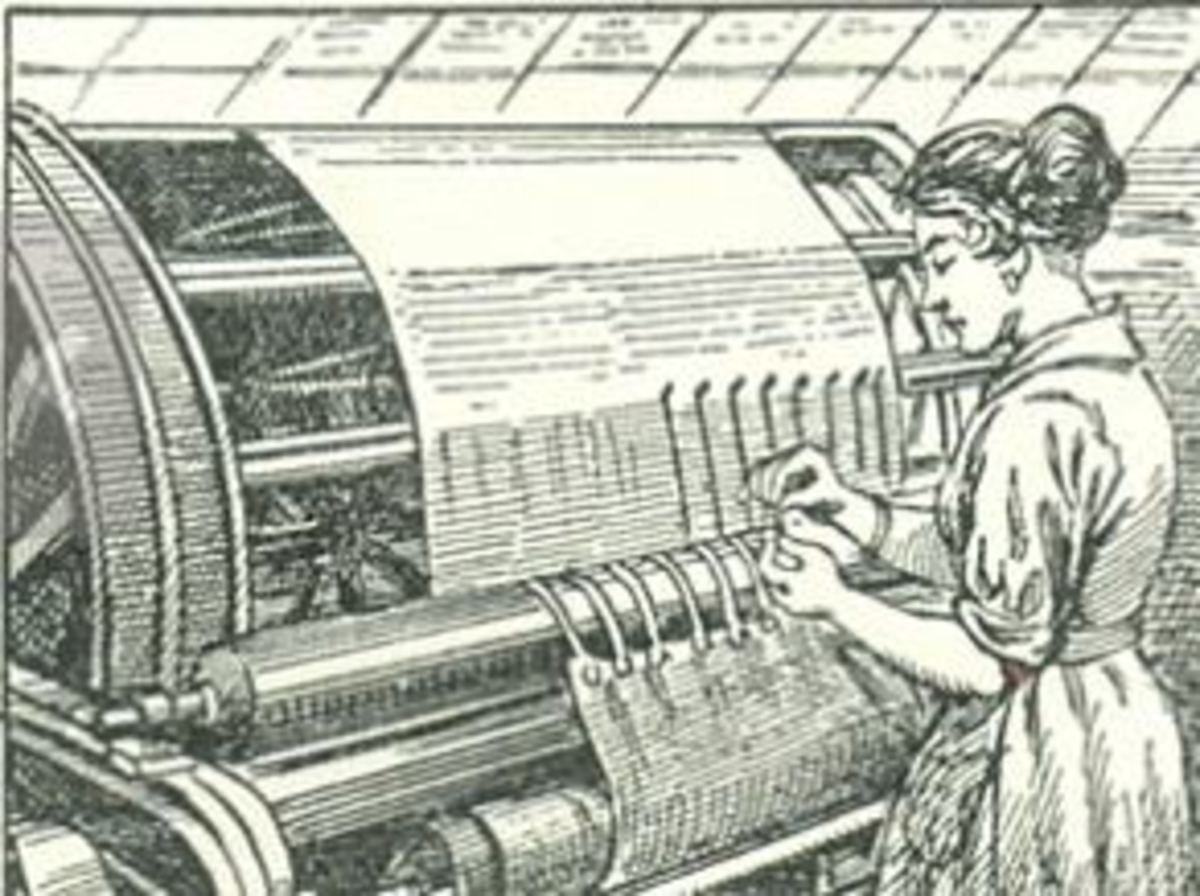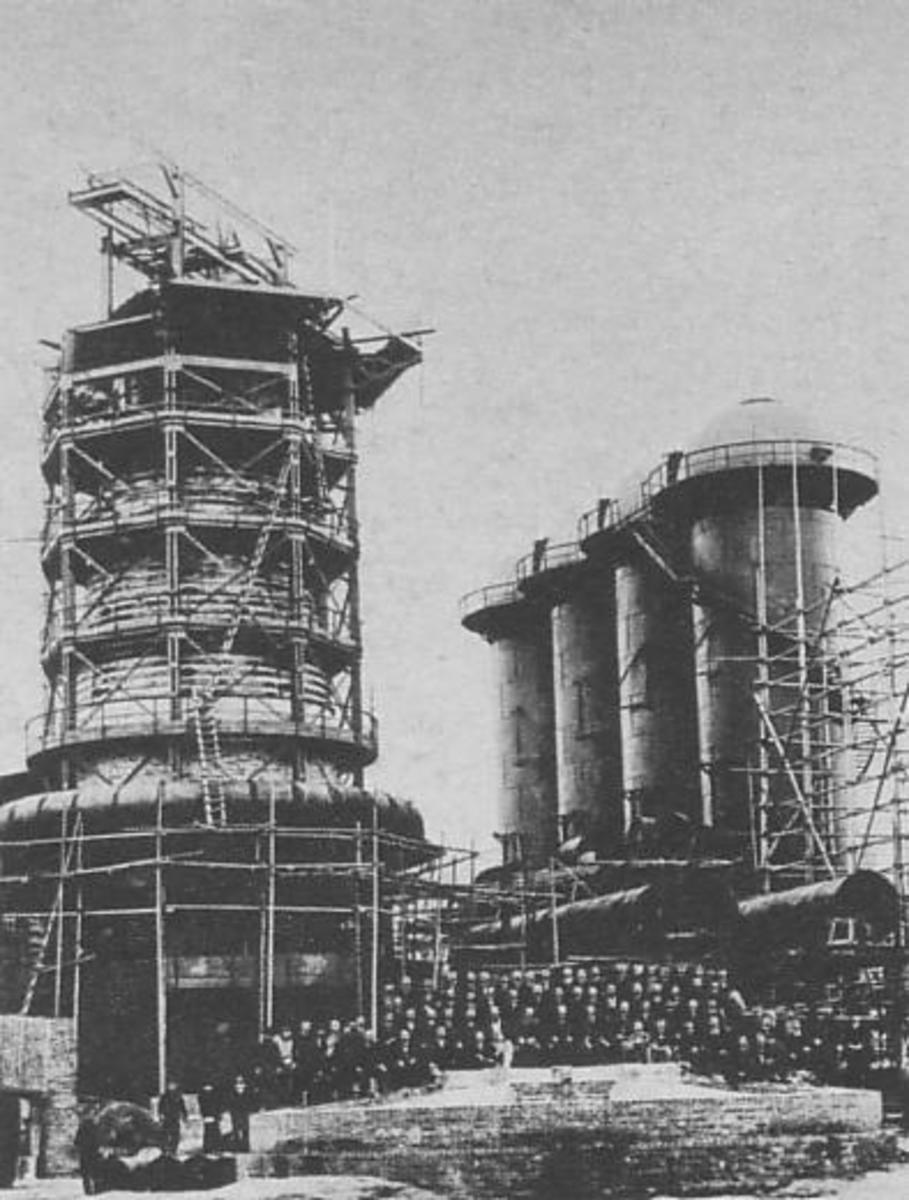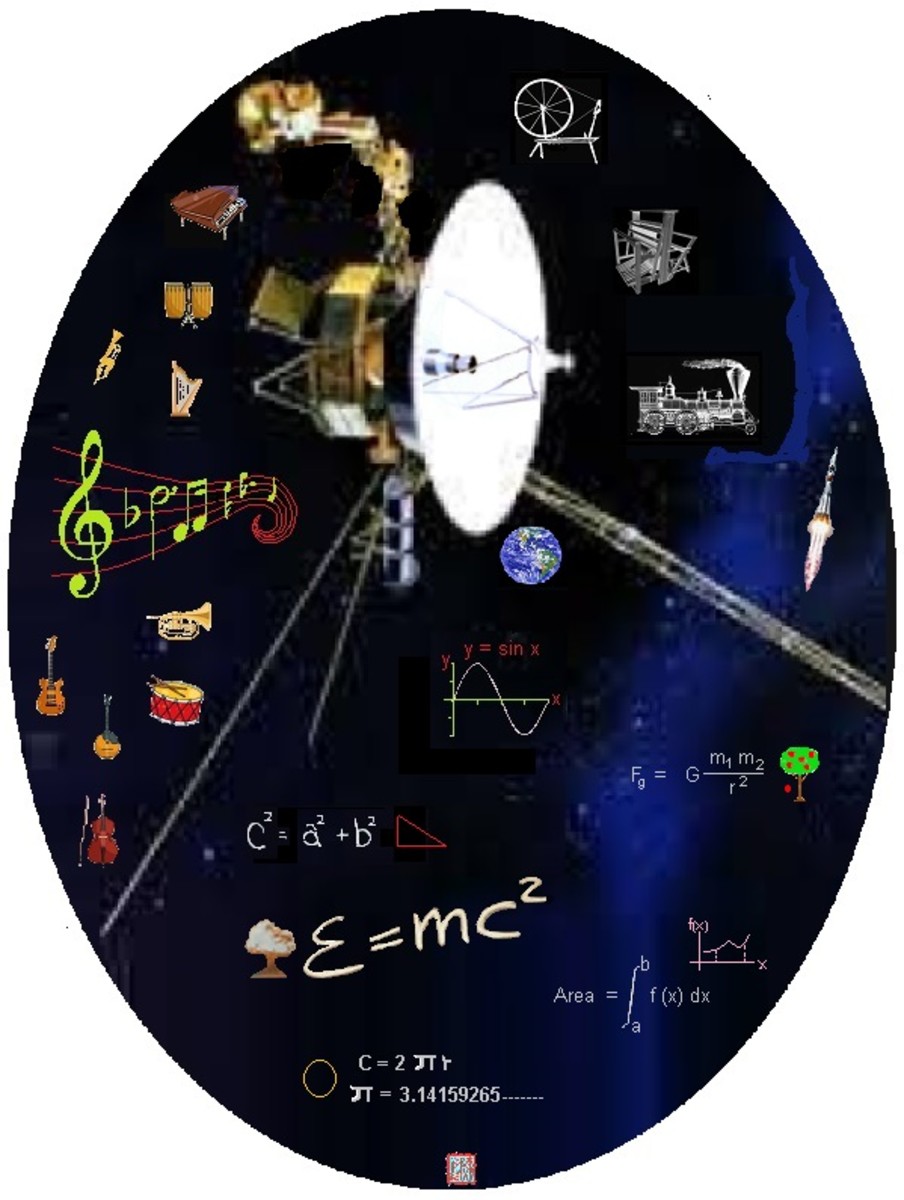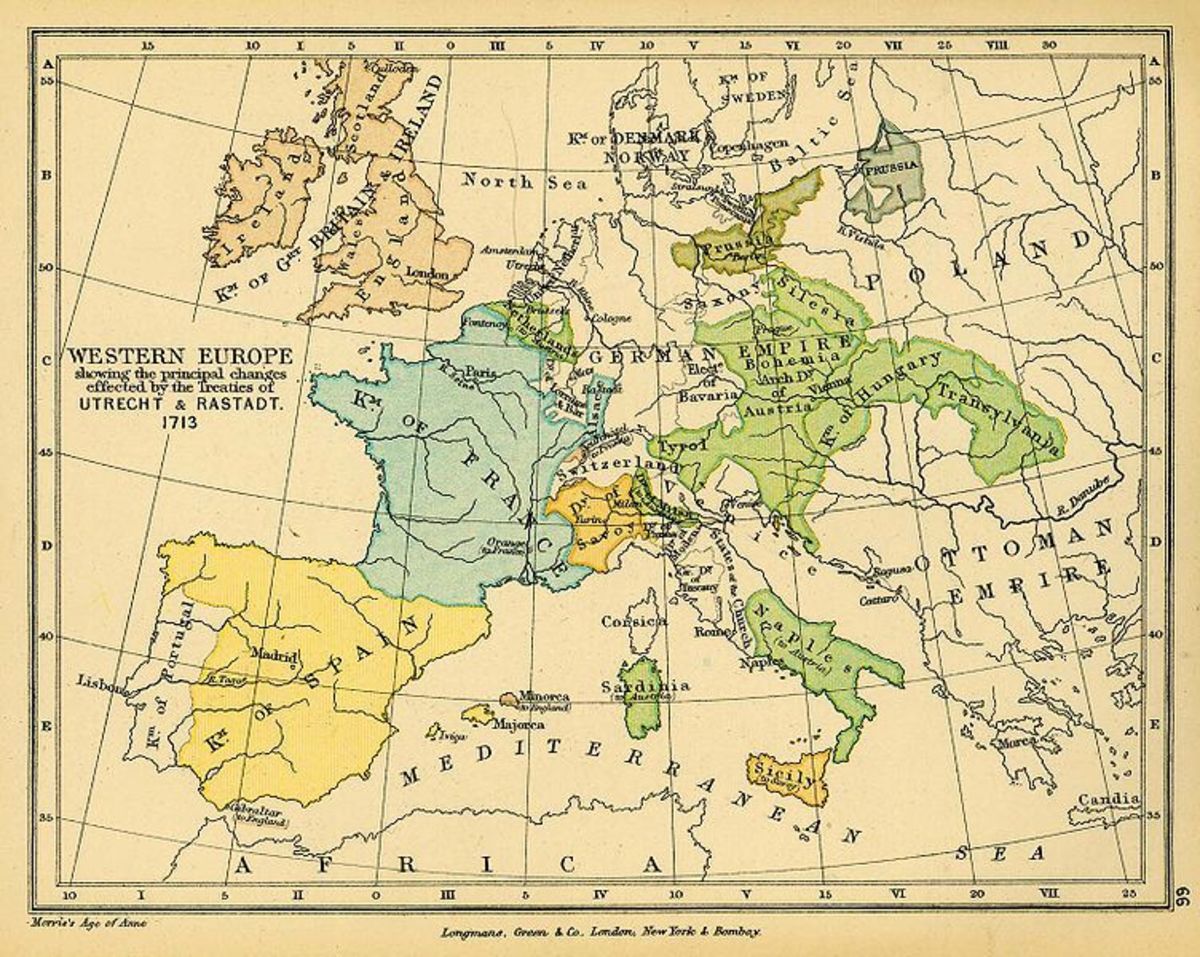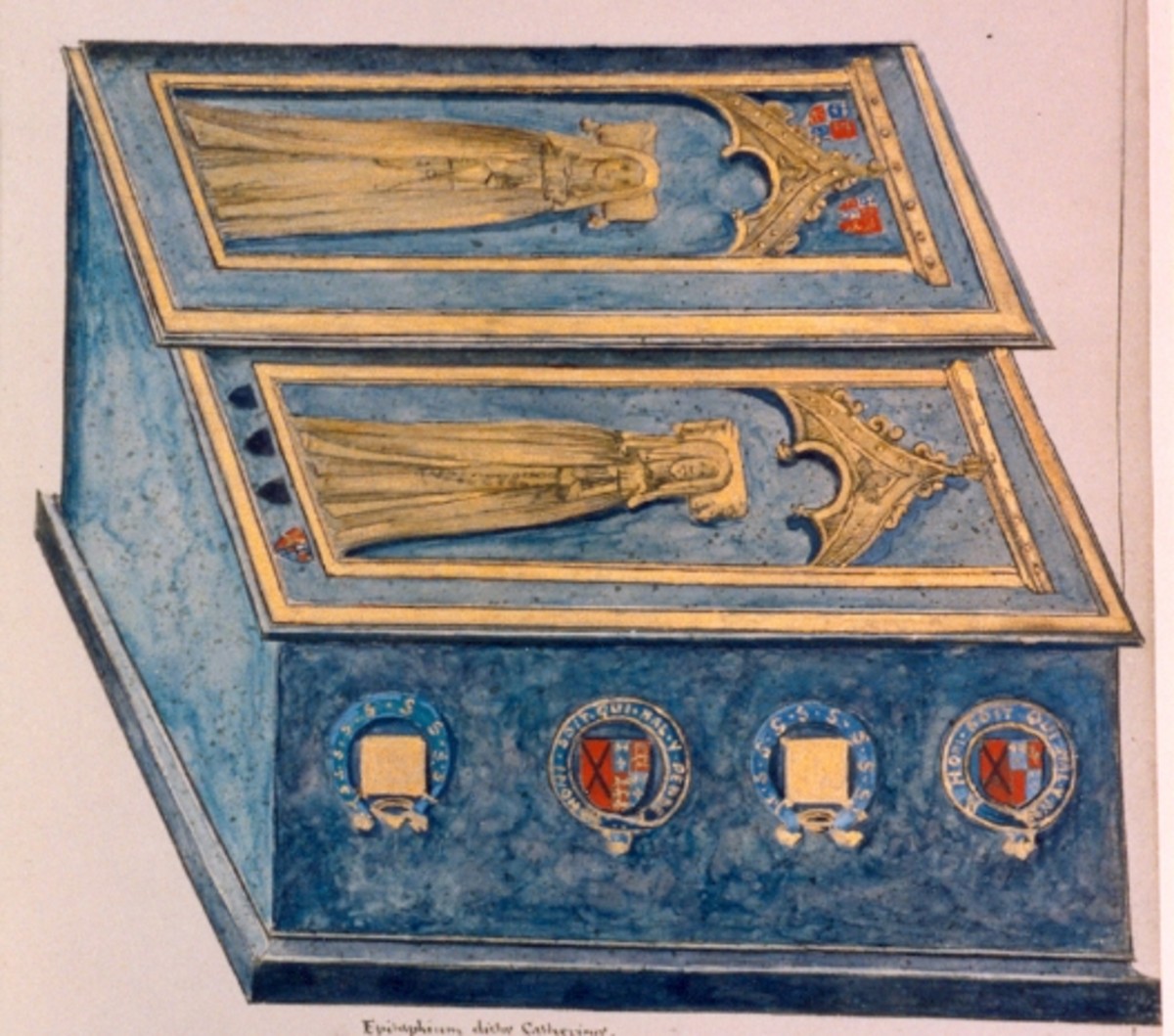Anthropcene
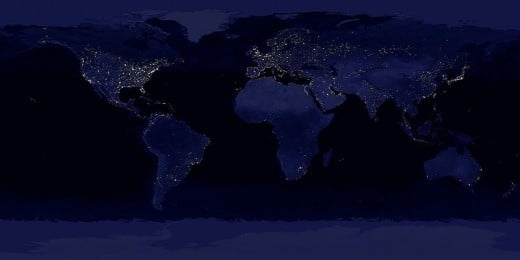
The word Anthropocene was first coined by the Nobel Prize winner Paul Crutzen in 2000 to refer to the significant influence made by the human civilization on earth. Man has such huge impact that it’s considered as an agent of both geology and ecology. Crutzen’s proposed that anthropocene is the result of the vast expansion of human population. Anthropocene epoch started during the Industrial Revolution that characterizes the late 1700s. It was also the time wherein steam engine and carbon-dioxide emission started to have an effect on the current problem with global warming (Stewart, 2009 & Alden, 1997).
Some scientist argues that if Anthropocene was characterized by man’s wide-spread impact, then this epoch would have started much earlier. Alden (1997) argued that the features of Anthropocene could be dated back as far as the ancient Mediterranean and Near Eastern civilizations wherein the human populace deforested large areas for inhabitant and agriculture. He cites the early American populace who made use of fire and slaughtered animals for personal consumption has already created an imbalance in the ecosystem.
Moreover, the Geological Society of London has agreed that the world indeed changed dramatically during the 19th century. Human have completely wreck havoc in the environment and had caused “universal damming of rivers, a quantum step upward in erosion, soaring carbon dioxide levels, widespread extinction and ecosystem disturbance, and an ongoing pulse in ocean acidification—has pushed Earth in a fundamentally new direction” The group also concluded that if a geologic marker is needed to identify the start of the Anthropocene Epoch, the global sulfate pulse and tree-ring disturbance from the Tambora eruption of 1815 is also great and would suffice. (qtd. in Alden, 1997). Ergo, the Holocene Epoch have officially ended and now we are living in world with a greatly compromised ecosystem all due to human influence especially its quest for new inventions we call technology.
In layman’s term, Anthropocene was characterized by man’s damaging effect to the environment. We are harvesting more and more invaluable natural sources faster that the earth’s time to naturally replenish itself. The result of which are mass destruction of flora and rapid extinction of some of the faunas. The Center for International Earth Science Information Network (CIESIN), Earth Institute at Columbia University’s research showed that more than 80 percent of the earth’s total land surface is influenced directly by human beings. This includes human land use, human access from roads, railways or major rivers, electrical infrastructure and direct human occupancy. This is tagged as “Human Footprint” to describe the effect that man has made on the earth’s land surface (qtd. inStewart, 2009).
Because of man’s quest to provide technological advances for efficient mass production of just about anything—from food, automobiles, clothes, shoes, mobile phones to toys, all geared towards a comfortable living, the environment is constantly being burdened with the effects. The carbon emission alone on factories and automobiles have damaging effect to the atmosphere and have caused global warming that is now the cause for the melting of the polar ice caps.
Anthropocene is now being used more and more because the emphasis on this epoch is the “anthro” or man. Its either we are too self-centered to believe that everything is about and revolves around us or to emphasize that the human civilization is at fault with regards to the massive destruction and heavy presence of “Human Footprint” in the environment. It’s our action and our technology that has caused the Anthropocene. But there is hope, because technology is now being utilized not just for human’s advantage but that of the earth as well because of general awareness regarding thinking green and doing our share in helping conserve the environment and our natural resources.
References
Alden, A. (1997). Introducing the Anthropocene: A brand-new name for the Geologic Present. 14 September 2009, Retrieved from <http://geology.about.com/od/geotime_dating/a/anthropocene.htm>.
Stewart, R. (2009). The Anthropocene. Ocean World. 14 September 2009, Retrieved from <http://oceanworld.tamu.edu/resources/oceanography-book/anthropocene.htm>.
Survival and Extinction
- Dinosaur Extinction
There is still no definite explanation as to why dinosaurs disappeared. But scientists have been arguing on several theories on the possibilities of what might have occurred. - Mass Extinction of Mega Fauna
A discussion on the several theories of mass extinction. - Can Humans Survive another Ice Age?
can humans survive another ice age? the chances of human survival towards another ice age is greater than before with the utilization of technological advances that we have now.



